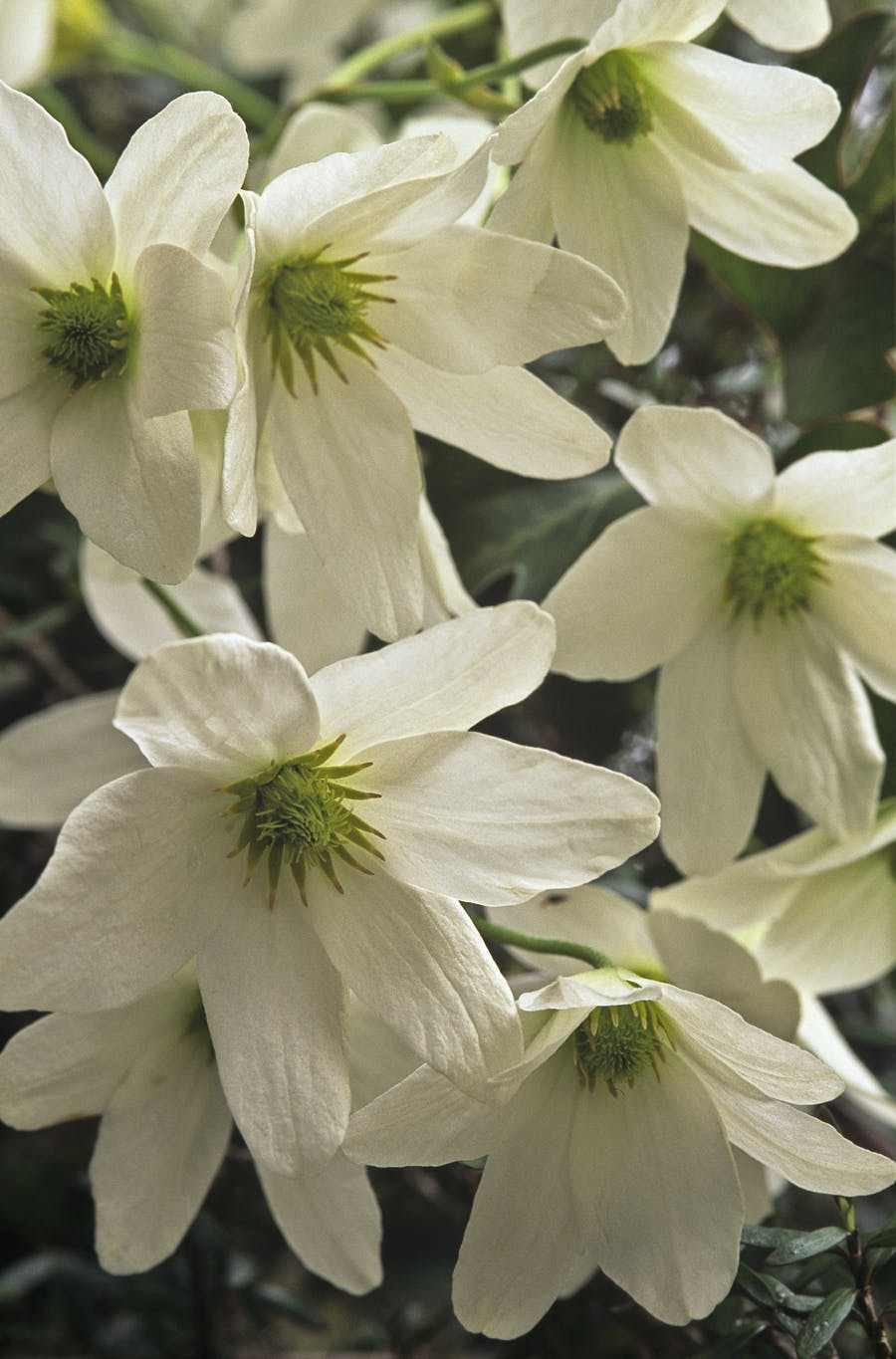Three places to see this endemic creeper
Of all New Zealand’s many native vines and creepers, the notorious bush lawyer is probably the best known to trampers. A shredded ear, a rip on your new Gore-Tex parka, or a slash on the leg soon make even the novice learn to identify the clawed creeper.
Most native vines are much less conspicuous, and merge into the general mass of greenery, so escaping your attention. Some, however, flower spectacularly, and only then show themselves most to advantage. The bush clematis vine (Clematis paniculata), for example, flowers prolifically during spring, when you may see showy white masses of it covering large patches of the bush canopy.
Worldwide, the Clematis genus boasts as many as 250 species, with nine endemic to New Zealand. Bush clematis, is the most common endemic, occurring throughout the country in native forests from coastal to low mountain environments. Maori consider the flowers to be sacred and call them puawhananga, meaning variously ‘flower of the skies’ or ‘spirit flower’ – a reference to the idea that the flowers came from the stars.
Clematis vines use their leaf stalks to entwine around the branches and trunks of trees, and climb towards the greatest concentration of light – on the top of the canopy, sometimes as high as 30m. It’s a trick to hitchhike on the growth of other plants to ensure they can maximise their own photosynthesis needs. While a clever, efficient strategy, it’s not without risks – if the supporting tree dies or falls, the vine falls with it.
Another vine of the same genus – Clematis vitalba – was introduced last century as a garden ornamental, but unfortunately has since proven to be a problematic weed. Most people know it as ‘Old man’s beard’.
In contrast, Clematis paniculata remains a gentle and beautiful herald of spring.
Hunua Falls, Hunua Ranges Regional Park
This delightful walk on the edge of Auckland offers the chance of seeing clematis in flower as a bonus. While the Hunua Falls are a short stroll from the car park, those wanting a longer leg-stretch can tackle the 2.5-3hr loop track to Cosseys Reservoir.
Orongorongo Valley, Rimutaka Forest Park
Forming the main artery of Rimutaka Forest Park, the Orongorongo River is best reached on the pleasant, benched Orongorongo Track. From the open riverbed, there is a good chance of seeing clematis in flower in the surrounding bush.
Hollyford Track, Fiordland National Park
During spring, Clematis flowers quite extensively on the forested shores of Lake Alabaster, on the Hollyford Track. Nearby Alabaster Hut, the second on the Hollyford after Hidden Falls Hut, offers a comfortable place to spend a night or two. Spring is perhaps the best time to walk the Hollyford – not only are the clematis flowers out, but fur seals and Fiordland crested penguin frequent the coast at Martins Bay during this season too.








